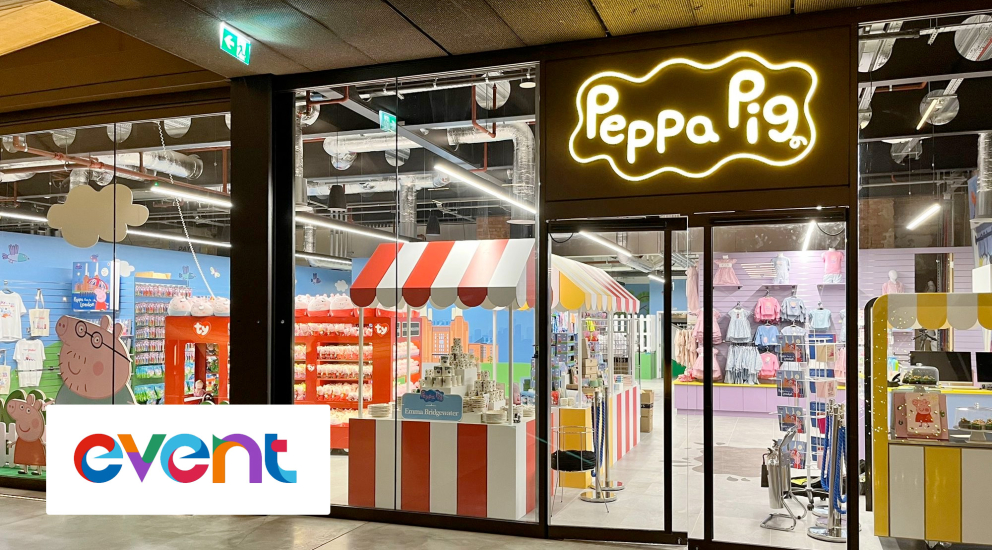Our Guide To Managing Multiple Locations


It’s the dream; your business is doing so well that you’re ready to expand and open up new locations. That doesn’t stop it from feeling like a nightmare occasionally, though. Managing staff across multiple locations isn’t easy, but thankfully there are a few tactics you can use to make sure that your company keeps going from strength to strength.
Be Consistent
Consistency is the lifeblood of the multi-location business. Making sure that your staff are all trained to the same standard and following the same handbook helps to keep each of your sites running as efficiently as the others. Getting senior staff from established locations to spend a few weeks at the new site to train the new team can be the difference between a slick new operation and an administrative nightmare.
Making sure that the training is passed on consistently to any new recruits is crucial, too. Creating a comprehensive onboarding process for the whole company makes life easier for your staff, as well as allowing you to give customers a consistent experience of your brand. This also has the added benefit of allowing staff to move between locations as needed without needing to retrain.
It won’t always be possible to run every location identically, of course; differences in customer behaviours, footfall, and even regional laws mean that it’s not always practical or even desirable. Keeping the key processes and values aligned is usually achievable though, and well worth the effort.
Delegate
Learning to delegate is essential when opening up additional locations, especially if you’re used to being the go-to person. While that works well when everyone’s in one place it can cause real issues when you’re not always available; you don't want to end up holding your business back.
Creating a solid chain of command for each location with people who you trust in charge should resolve this. Empower staff to make decisions on their own, only bringing the really critical issues to you and you’ll find that the company will run more smoothly. Sure, it will be weird at first. But, with the right people, you’ll soon find yourself able to focus on company level tasks, leaving the day to day in capable hands.
Build Connections
If there’s one thing which can really cause problems it’s pitting locations against one another. Sure, it might seem like a good idea to run a friendly competition to see which branch can get the most sales or customer reviews but unless there are already strong bonds between locations you’re more likely to build resentment than improved relations. No matter how good your intentions you run the risk of staff feeling judged. This will be doubly the case if the results are out of their control; different locations will naturally have varying revenues and customer engagement and staff may resent it if they can’t compete. Of course, you should still address it if a team are underperforming, but talking to them and tackling the issue directly will almost always have better results.
Instead of getting employees to compete try to focus on bringing them together in different ways. Having a group chat, or even arranging cross-location events, can be great to get staff mixing in an informal setting. As they get to know each other they’ll work better together too, making it easier to move staff between branches.
Stay In Touch
Even if you’re effectively delegating it’s still worth maintaining a presence. Checking in with each team on a regular basis can help them to feel valued and stop them from feeling like you’re prioritising other locations. If all teams feel equal you’re less likely to encounter bitterness if you have to make any difficult decisions, too. Having a schedule can be a good way of keeping in touch; teams will know when to expect you and can manage their time accordingly. It’s more important to be consistent than to visit really regularly, too; you don’t want to run the risk of micromanaging.
If it’s not realistic for you to visit locations in person then arranging video calls can be a great workaround. With so many tech solutions available it’s never been easier to keep in touch! Using video rather than having a traditional call can help employees to feel engaged too, and you’re more likely to pick up on any concerns and to nip them in the bud early on.
If you’re still too busy and your teams are running effectively then office hours can also be a good option. Making your team aware of times when they can bring any problems to you will reassure them as well as protecting you from interruptions the rest of the time.
Consolidate Operations
As you open more locations you’re likely to find yourself with duplicate systems and expenses. Thankfully, as with processes, you should be able to consolidate these, using one system to cover multiple branches. Both your pocket and your admin team will be grateful.
Again, this will also be useful if you need to move employees between locations. Staff will be able to adapt far faster if they’re familiar with the systems and know how to use everything. It will also allow your team to share knowledge between locations, helping to make the workforce as a whole more efficient.
As self-proclaimed shift experts, we can’t resist pointing out that this is especially true for scheduling. Okay, we probably could, but we don’t want to. Sorry. Rather than having separate schedules for each location (or even worse, separate systems) we recommend trying centralised software which covers all of your branches. With schedules and HR records all held in an easily accessible cloud-based system you’ll be able to identify any gaps in cover and deploy staff to the locations which need them the most.
If you choose a solution with the option to have a schedule for each location and the ability to move people between them your life will be far easier. Employees will benefit too, being able to check their schedule and receive notifications online rather than relying on a paper timetable which could have changed since they were last working.
No matter which steps you take, the key thing to remember is to make sure that staff feel valued; if you've managed that you can't go far wrong. Hopefully you'll be able to see your business continuing to grow to ever greater heights. Good luck!





